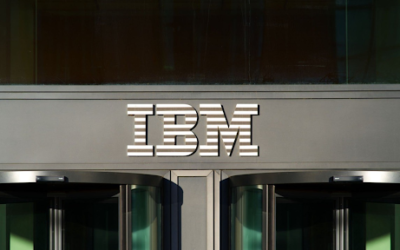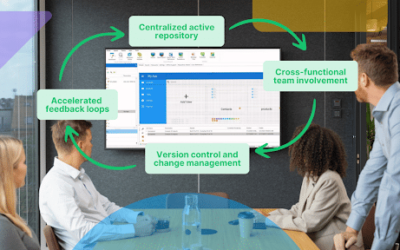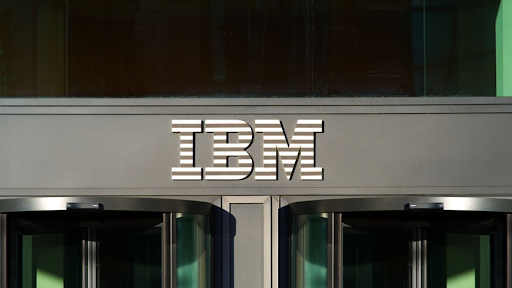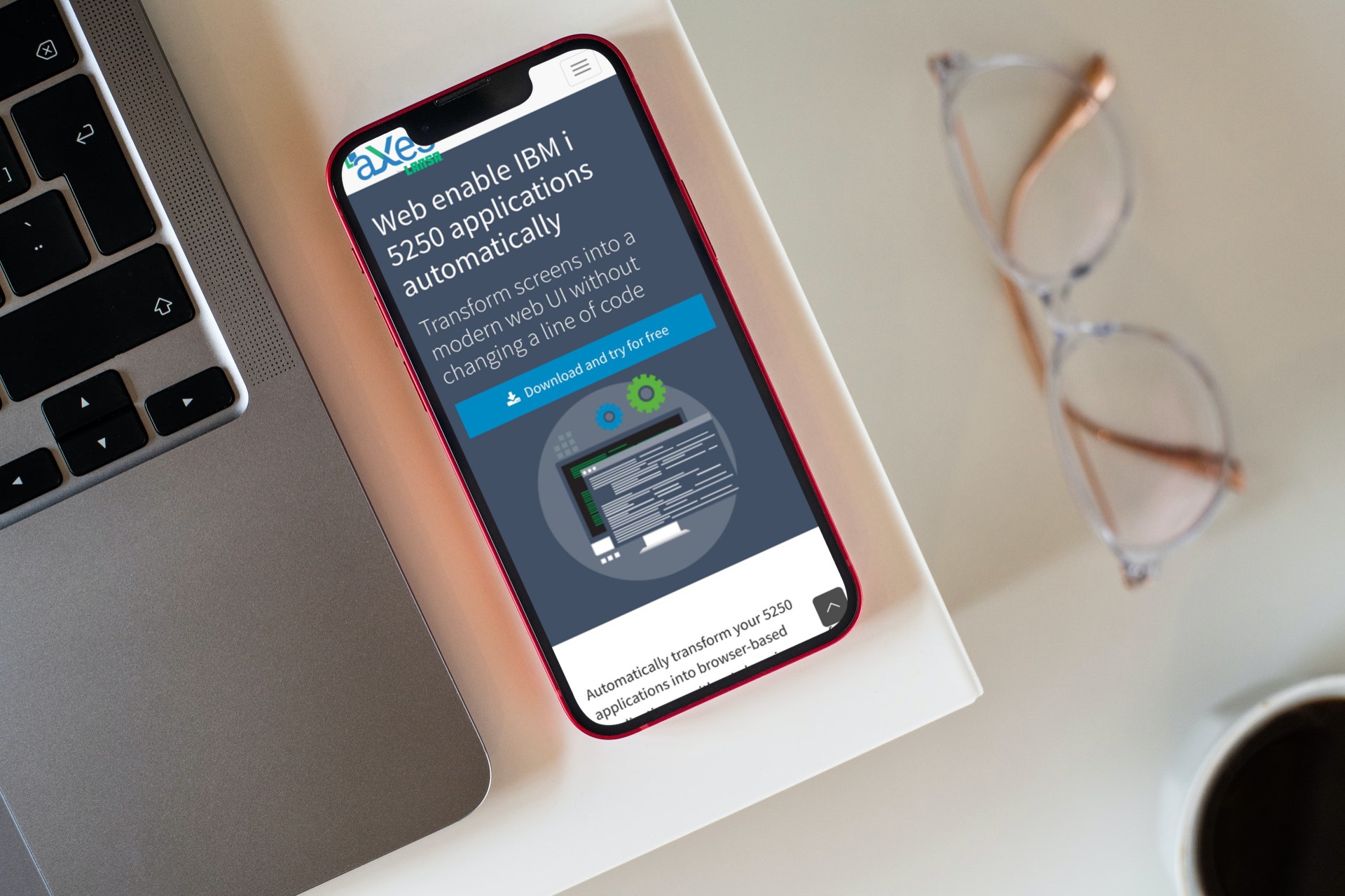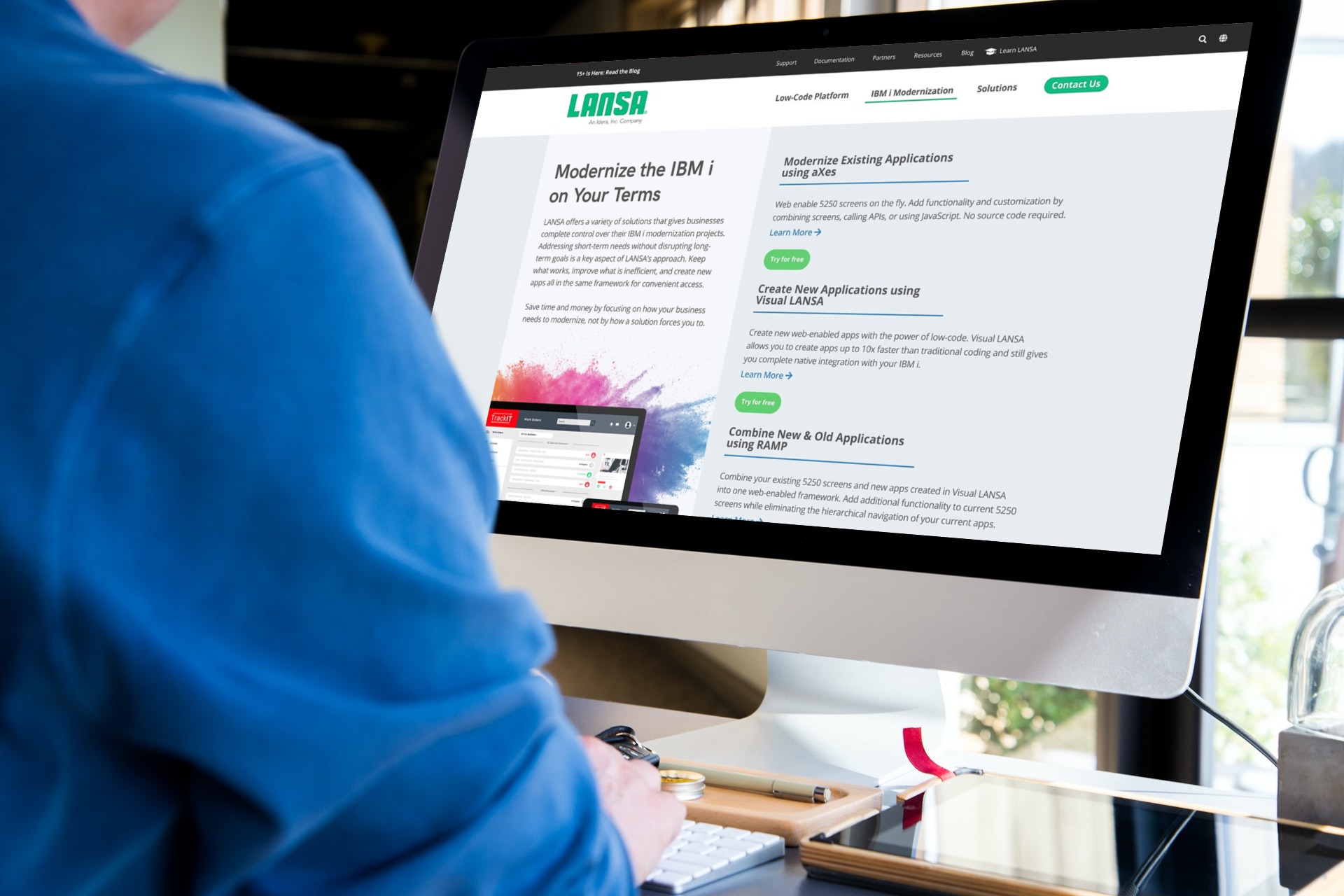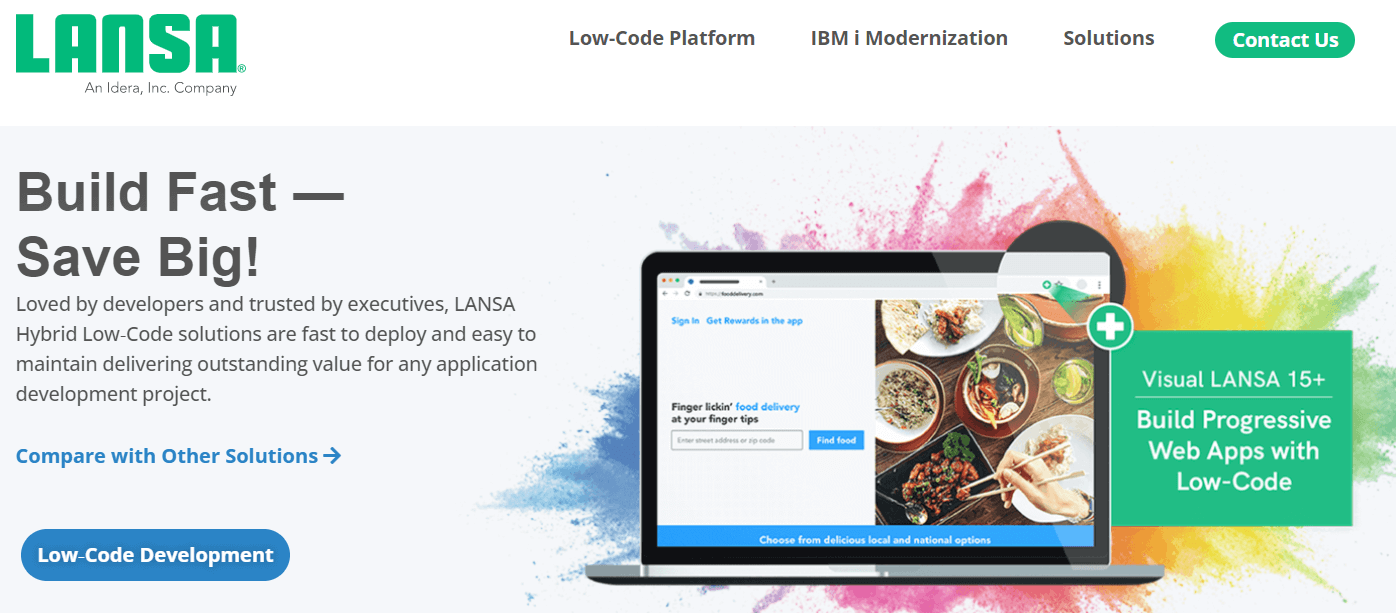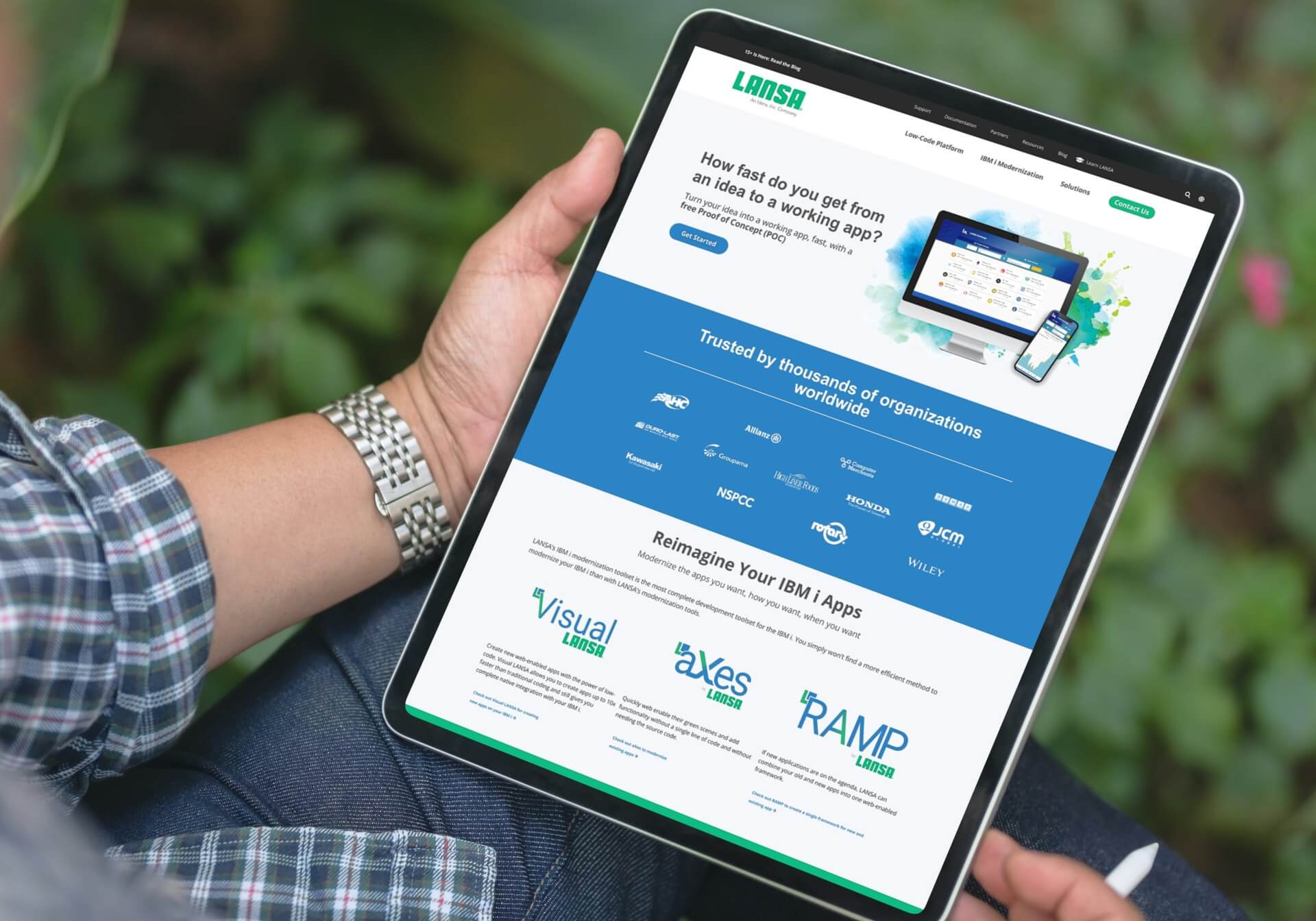Everyone knows that integrating the IBM i platform with third-party systems and components can be problematic. This is especially true today when digital transformation requires that all components of enterprise IT infrastructures interconnect and exchange data in real time. While the IBM i platform’s reputation for being difficult-to-integrate is partly true, however, it is also based on common myths and misconceptions.
Some of these myths are based on real-world pain points and challenges reported by IBM i users. Many, however, are a result of IBM i being lumped in with legacy solutions in general. Even though IBM i modernization is certainly a must for companies who still rely on IBM i infrastructures implemented in the 1980s or 1990s, perceiving IBM i as a legacy platform is incorrect.
Let’s take a look at some of the most common misconceptions about IBM i integrations. There’s a lot of evidence out there to counter them. There are many companies across industries that have successfully integrated IBM i with their modern-day IT infrastructure.
Is IBM i not flexible enough for rapidly changing market conditions?
One common misconception is that IBM i is a monolithic platform with a closed architecture. Many think it focuses on providing reliable long-term performance at the cost of flexibility. In reality, however, there are a wide range of modern-day tools and solutions that make it easy to integrate IBM i with other platforms and IT infrastructure components. These tools allow organizations on IBM i to update their infrastructures, stay flexible, and react to changing market requirements.
Does IBM i have a low developer productivity problem?
RPG (also known as IBM RPG) is the primary IBM i primary programming language. It is considered a legacy software development language. RPG, popular several decades ago, is also a key reason many associate IBM i with low developer productivity. The truth is, even though legacy RPG is a real issue, you can address the challenge by adopting the right approach to IBM i development. This means selecting the right tools to increase developer productivity.
Is lack of talent a real problem in the IBM i ecosystem?
A lack of developers with a deep knowledge of IBM i and the shrinking population of RPG programmers is a real challenge for companies maintaining IBM i. Y is, however, becoming less of an issue as modern-day technologies enable developers to work on IBMi with very limited platform experience.
Does IBM i make innovation difficult?
That the IBM i platform does not support innovation or modern technologies is another myth based on its false legacy status. Even though IBM i was first released in the late 1980s, the platform has steadily evolved and stayed relevant.
Is it true that IBM i is difficult to scale?
Quickly scaling enterprise tools and solutions in line with growing business needs is a requirement of the digital transformation era. Today, scaling IBM i infrastructure is much easier than before. This is because, with the right tools, IBM integrates easily with the cloud and other modern technologies.
Does IBM i have modern usage limitations?
People associate IBM i with the 5250 green screen apps that were a signature component of the platform in the 1980s and 1990s. It is also true that many companies around the world still use those same green screens. But that doesn’t mean IBM i can’t handle modern applications with up-to-date user interfaces that support current web technologies. On the contrary, modernizing 5250 apps today is relatively easy. All IBM i users that still rely on outdated green screens can and should update them.
Is it true that IBM i has a high cost of maintenance?
Many also think that IBM i is costly to maintain. It is true to a point. Over time, the cost of maintaining an IBM i infrastructure does increase for companies who don’t invest in its modernization. But this is only because they continue to rely on expensive and increasingly difficult to find RPG developers. The opposite is true for organizations that consistently invest in modernizing their IBM i systems. By implementing modern tools, companies can minimize the time, effort, and expense of maintaining IBM i.
How can LANSA make IBM i integration challenges go away?
As one of the oldest providers of IBM i support services, LANSA has several powerful tools that specifically address the challenges of IBM i integration. LANSA tools make integrating IBM i both easy and affordable even for small and medium organizations with limited IT budgets.
Visual LANSA
Visual LANSA is a low-code development platform that enables accelerated application development by simplifying the process and minimizing the technical skills necessary to complete an IBM i app development project.
LANSA incorporates a variety of powerful tools, including several instruments exclusively for the IBM i platform. It makes modernizing IBM i apps and their related systems as easy as possible.
LANSA Integrator
LANSA Integrator is a toolset that serves as strategic middleware for transforming and transporting data across systems and applications. It simplifies exchanging data between applications and transferring files and documents from one business to another.
This set of LANSA tools and services for IBM i users provides developers with everything required to build powerful data integration solutions. This includes data transformation, transport, and infrastructure. LANSA Integrator simplifies integration design by providing the tools needed to receive, extract, transform and send data. Developers only need to define the data, the transformation rules, and choose a data transport. Integrator takes care of the detailed work that ensures the data is in the right format and successfully reaches its destination.
LANSA Composer
LANSA Composer is a specialized business process integration suite that simplifies the integration and process improvement challenges businesses face today. Composer streamlines how data is exchanged, processed, and monitored among internal systems, external trading partners, and the cloud.
LANSA Composer is a simple and cost-effective way to get business transactions in and out of your business systems with less human effort. It reduces development time by including a set of ready-made activities that most companies need for business process integration. You simply assemble business processes. Assembling a process is much faster than writing program code to manage the process.
Supporting both Windows and IBM i-based IT systems, LANSA Composer has many custom features that simplify IBM i deployments by allowing activities to interact with legacy 5250 green screen applications, retrieving and sending data with ease.
aXes
Web-enabling your 5250 IBM i applications is practically a must in the digital transformation era. To help you easily turn 5250 green screens into web-enabled apps LANSA has a special tool — aXes.
aXes is a tailor-made tool that automates the creation of web-enabled IBM i 5250 applications. It transforms existing 5250 screens into web pages out-of-the-box, without changing source code.
aXes includes an API that allows developers to create programs that automatically operate applications written with RPG or COBOL. Additionally, applications can use aXes to simulate the actions of a person entering data on screens in a 5250 application. This feature makes it possible to integrate existing 5250 apps with .NET, Java, or other 5250 apps without changing their source code. aXes caters to a wide range of automation options with versions of the API for .NET for Windows, Java for IBM i and Windows, and RPG for IBM i.
Explore more information about IBM Series I from our previous article: “11 Things About IBMi You May Not Have Known.”
Are you ready to bust myths about IBM i integration?
LANSA’s platform combines all the right trends in modern-day software development and digital transformation to help organizations realize the power of automation and digital transformation technologies. LANSA is the solution for organizations that need to implement IBM i modernization, legacy application modernization, as well as data integration quickly, reliably, and with limited developer resources.
Ready to begin? Get in touch with us to start utilizing Visual LANSA for your app development and modernization needs.




